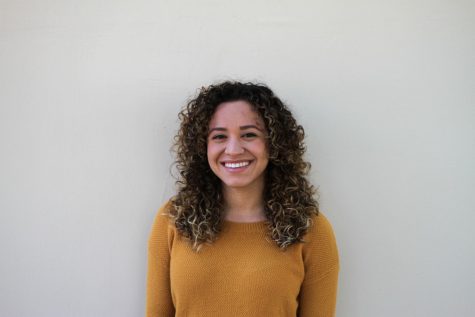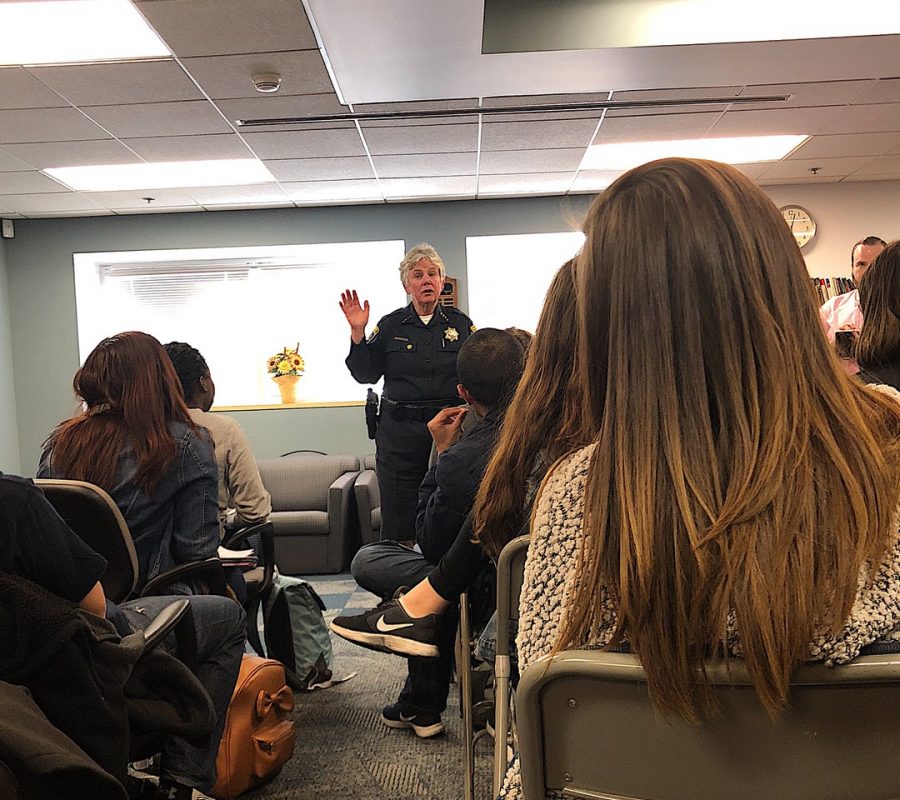CSUN Gun Hoax Brings to Light Limitations
In the immediate aftermath of the horrific shooting that took place at a Florida high school, a Southern California university experienced a very real shooting scare that, according to authorities, turned out to be a hoax.
A video was posted to Snapchat of a gun on the California State University, Northridge campus on Feb. 16. The video showed the handgun placed on the dashboard of a vehicle with the view of the campuses Oviatt Library in the background. An email was sent out to faculty, staff, and students at 1:04 p.m. “CSUN officials are aware of a social media post of … a gun on campus. Campus Police are investigating the situation,” the email stated.
The initial news broke on social media around 9 a.m., a little over two hours before Cal State Northridge was even aware of the situation. “We got the first call and were aware of the situation at 11:16 a.m,” said Chief of Police for Cal State Northridge Anne P. Glavin.
This led to students both on and off campus to post on social media, warning other students of what was taking place before authorities were physically on campus addressing the situation. Once the police were notified of the situation, Chief Glavin said they started investigating immediately.
“We need to have a specific protocol,” said CSUN student Brianna Brown. “I was sitting in class looking at my phone and realizing not everyone knows what’s going on. Was the shooter outside? Were they still on campus? I didn’t feel safe at all not knowing what was going on.”
Chief Glavin confirmed, through witness testimony, that there had been an armored vehicle on campus that morning near the Oviatt Library. Investigators then contacted GardaWorld, a global security system company, which has a security contract with CSUN, to find out which of their vehicles had been on campus early Friday morning.
The company conducted an investigation of its own and narrowed it down to a male employee. The employee eventually confessed that he had staged the entire thing and did not mean for it to be a threat.
Cal State Northridge then issued a second email statement at 1:48 p.m. “Campus Police have confirmed that the video featuring a gun on campus that was posted to social media was a hoax,” read the statement. “There is no threat to campus. CSUN remains open and operational.”
Almost two weeks later, the Communications Department at Cal State Northridge set up a question and answer session with Chief Glavin in the Aronstam Library on Feb. 28, to address the concerns of the situation and to hear from students on campus.
“Us being late on our message to the community about the investigation, I do apologize,” said Glavin. “But any opinion about us not taking it seriously is false.” She explained the process of having to analyze the image for confirmation of it being a real or fake gun but assured those there that as soon as they were certain, they dispatched officers on the scene and around the Oviatt Library.
“We brought everything we had, we are 28 members including myself, we even had a canine unit on campus,” stated Glavin. As far as her labeling the situation as a hoax, she explained that she used the word hoax because to her definition it means “malicious deception and this was absolutely malicious. What kind of person puts out a photo and thinks its funny or amusing,” stated Glavin.
Many felt that the event was more than cruel, especially after what had happened in Parkland, Fla., two days prior where 17 people were left dead in a grisly school shooting.
Cal State Northridge sent out notifications, but it didn’t appear that authorities were going through campus buildings fast enough, in light of the fact that the Snapchat video was posted at 9 a.m., with police not investigating until after 11 a.m.
“We need to, more especially students need to, be able to feel comfortable to come and go without the worry of the safety of your body,” said Professor Jessica Baty. Students agreed with the instructor’s assessment and expressed their need for better gun safety and protocol drills.
Perhaps better monitoring of campus social media is in order, as well as a better means of communication, especially for situations that are serious and life threatening.
“We screwed up [with communication],” said Chief Glavin. “I am sorry for the time that you were scared and afraid, I apologize for that. But please do not forget all that we do on the campus because of this.”
Jasmine Amabile can be reached at [email protected]

I am a 22 year old Los Angeles native. A full time college student in my junior year in majoring in Public Relations, Journalism. My passion for writing...

